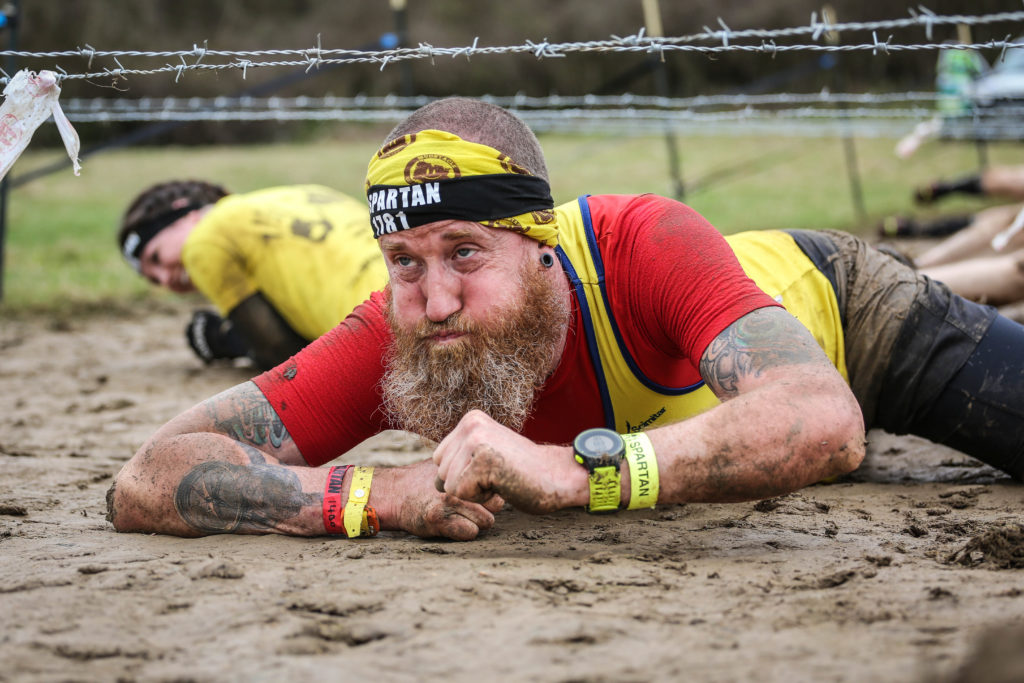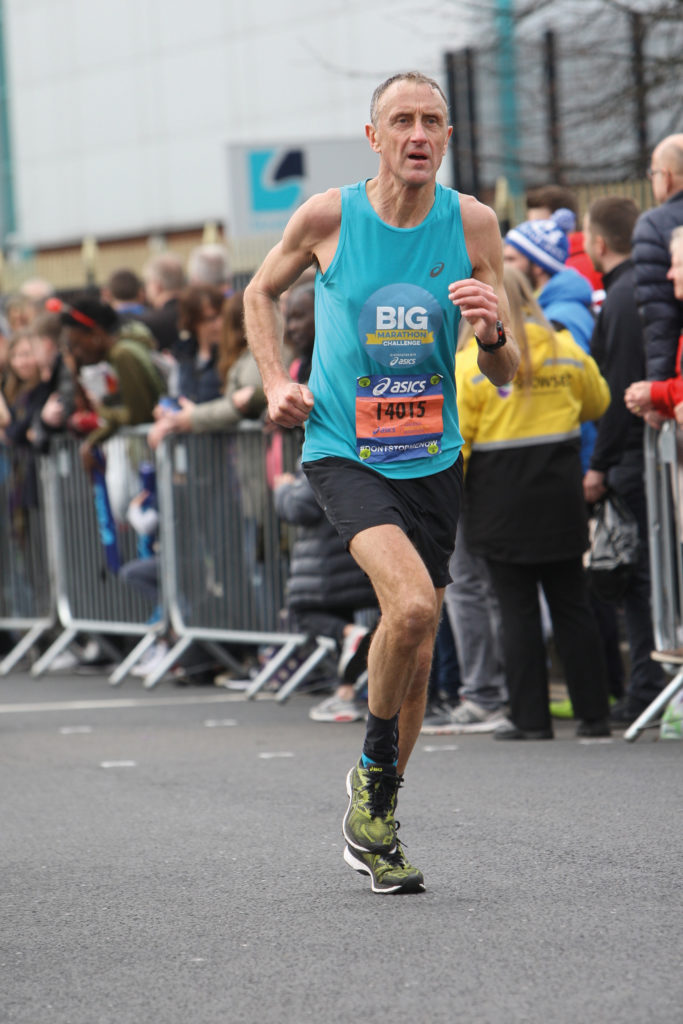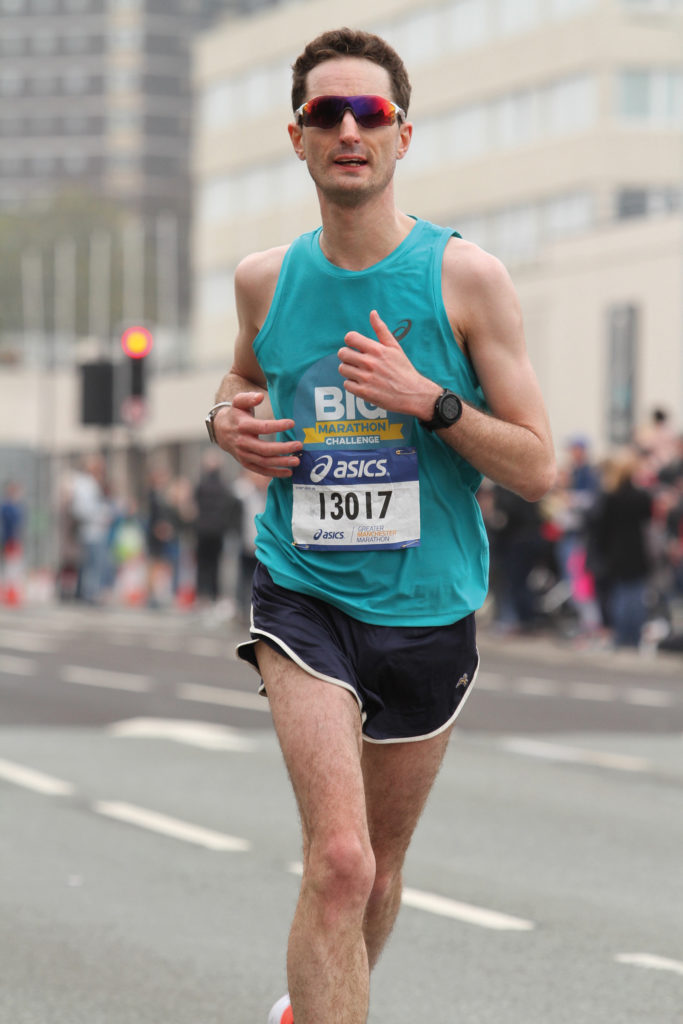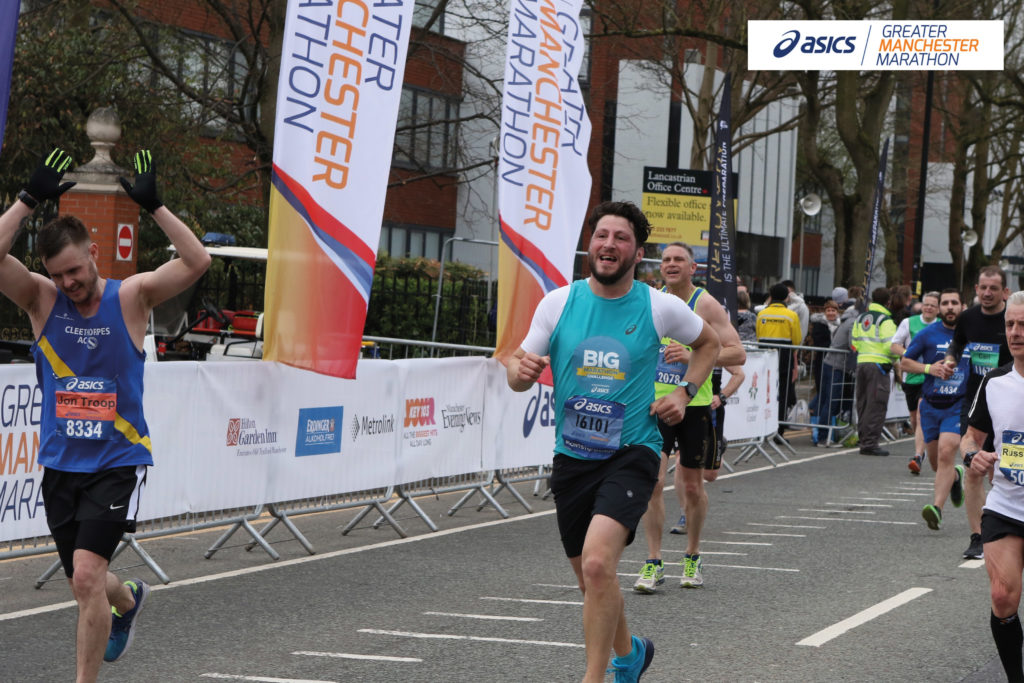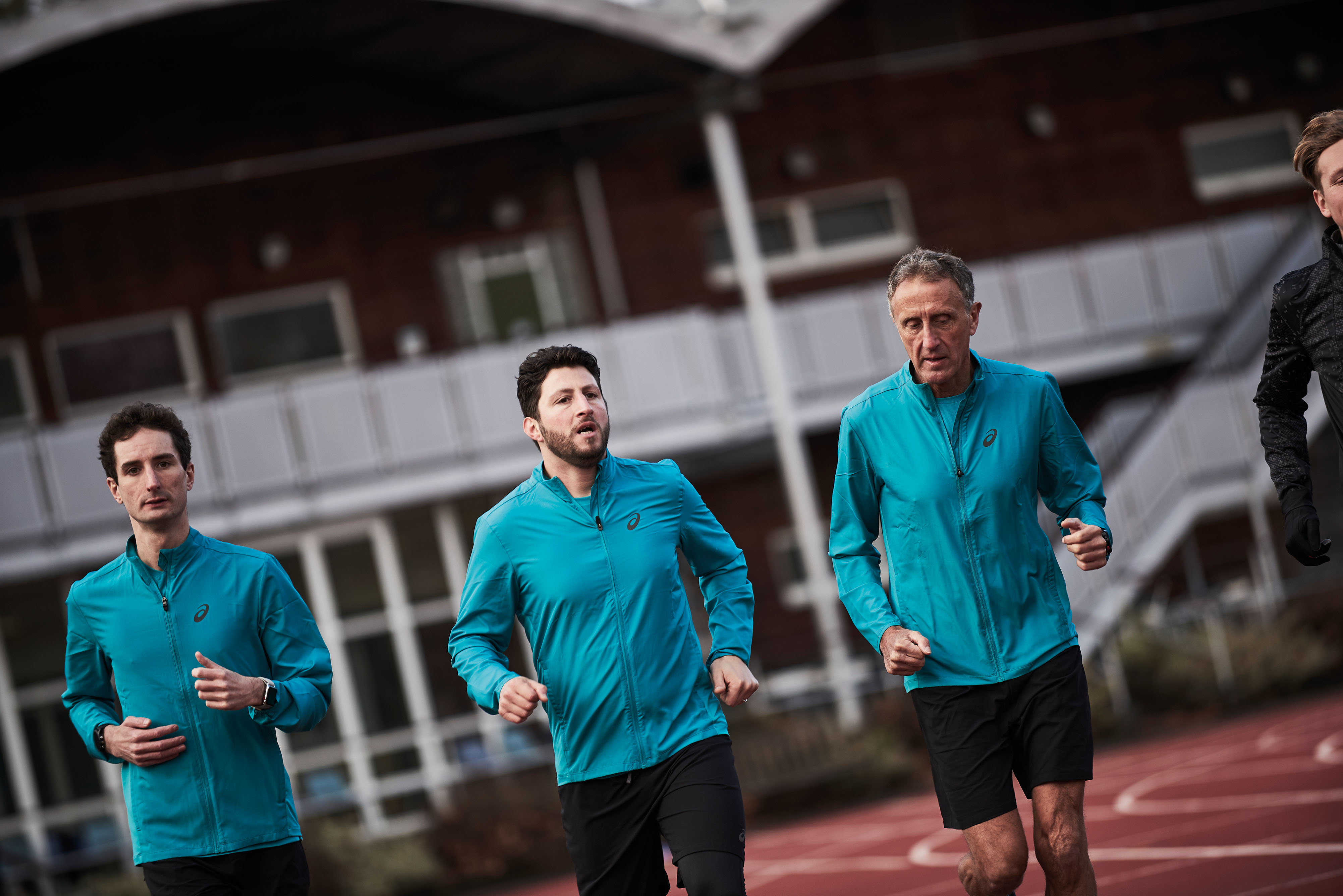
First, the good news: runners don’t need to have yoga-teacher levels of flexibility. A normal range of motion in the major joints is sufficient to support good running mechanics. What runners require more is mobility.
The difference is subtle but important: flexibility is passive; mobility is active. If you can touch your toes, you’re flexible. If you can run 400m in less than 60 seconds, which requires that you cover a significant amount of ground with each stride, your hips have good mobility.
High mileage, faulty gait patterns, sit-down jobs and poorly designed training programmes can all lead to a loss of mobility – with the result being tight hamstrings and hip flexors.
That’s why I recommend that all my runners incorporate a mobility programme into their training: it helps to prevent injuries and improve performance dramatically.
Classic hamstring stretches (i.e. bending forward and touching your toes) can damage your lower back and the hamstrings.
The solution is to use a spine-friendly active stretching technique that slowly elongates the muscle without putting too much stress on the joints and tendons.
Here’s how to do it…
- Lie on your back inside a doorframe
- Place both your legs straight in the air, left one resting against the doorframe
- Slowly lower your right leg until it touches the floor. Repeat 10 times on each leg, once a day.
Robert Griffiths is a chiropractor and rehab therapist at ProPerformanceClinics.com


